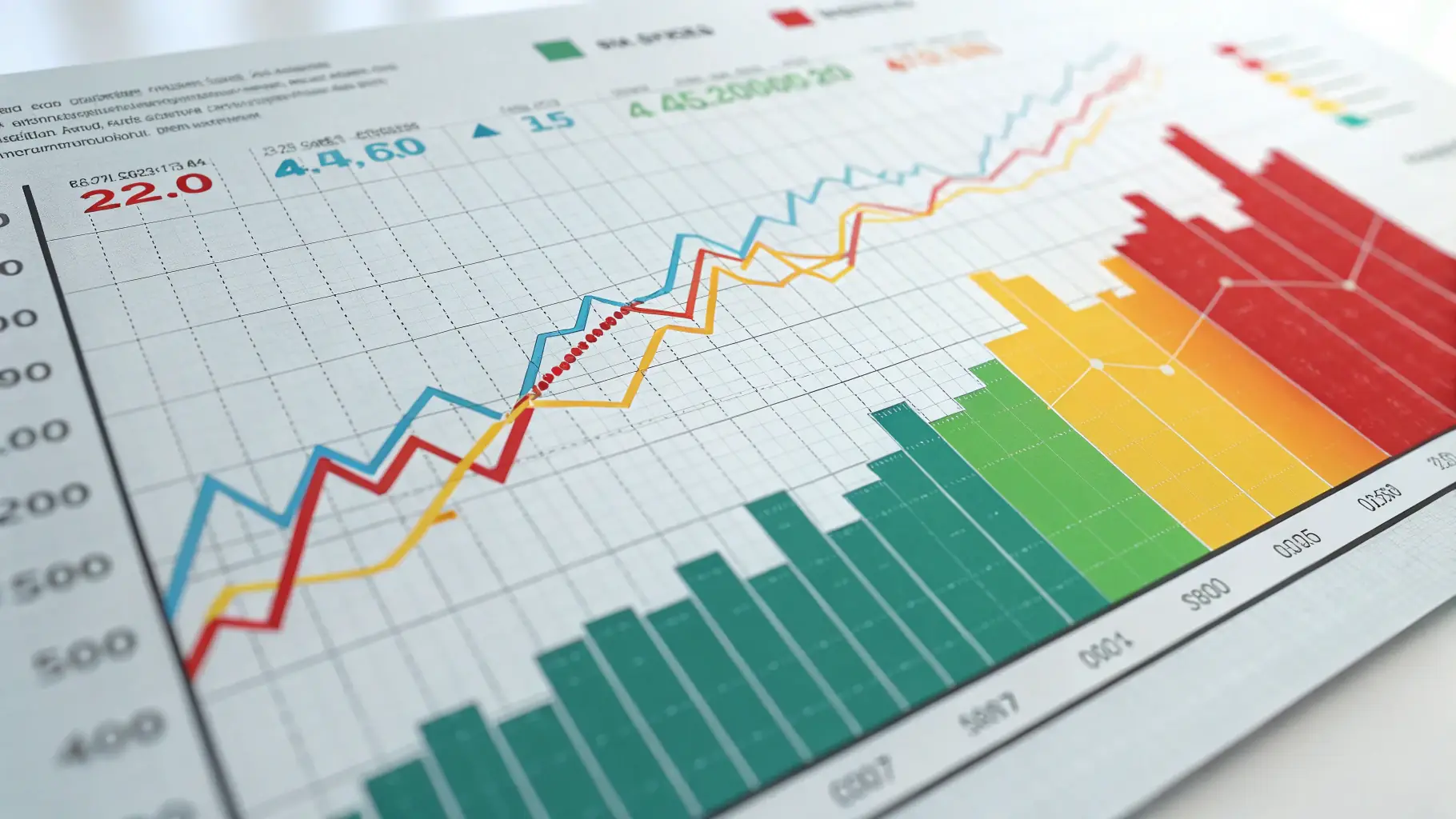Navigating today’s economic landscape requires a keen understanding of market trends and the ability to adapt investment strategies accordingly. Economic volatility can significantly impact returns, but a proactive approach can help mitigate risks and maximize potential gains. This requires careful analysis of market indicators and a well-defined investment plan. A strong understanding of financial markets is essential for making informed decisions. Diversification is a key component of any successful investment portfolio. By spreading your investments across various asset classes, you can reduce the impact of market fluctuations on your overall returns. This approach helps to balance risk and reward, ensuring a more stable and predictable financial growth trajectory. Understanding the correlation between different asset classes is vital for effective diversification. Consider factors like inflation, interest rates, and global economic conditions when making investment decisions. Regular portfolio reviews are essential for maintaining alignment with your financial goals. As market conditions evolve, your investment strategy may need adjustments. This proactive approach allows you to capitalize on emerging opportunities and mitigate potential risks. By regularly evaluating your portfolio, you can ensure that your investments remain aligned with your long-term financial objectives. This process also helps to identify any areas where your investment strategy could be improved.
How to Invest in Assets for Future Financial Growth
Investing in assets is a key component of building wealth and achieving long-term financial growth.



